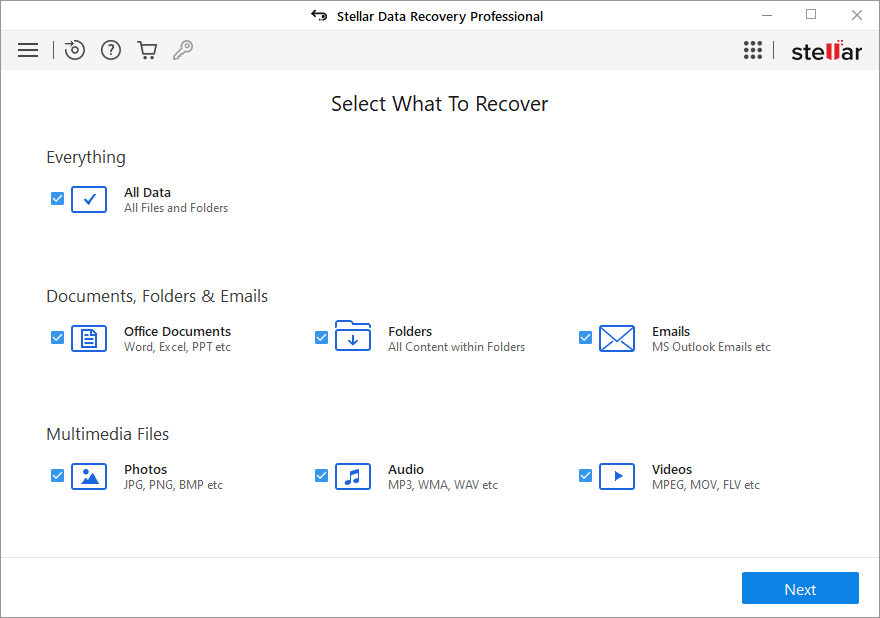What is Capibara Ransomware?
Capibara Ransomware is a type of malicious software that encrypts files on a computer, making them inaccessible to the user. This ransomware typically spreads through email attachments, malicious websites, or software vulnerabilities. Once a computer is infected, Capibara Ransomware adds a specific file extension, such as .capibara, to the encrypted files. The ransomware uses a strong encryption algorithm to lock the files, making it nearly impossible for the user to access them without the decryption key.
After encrypting the files, Capibara Ransomware creates a ransom note that instructs the user on how to pay the ransom in order to receive the decryption key. The ransom note is usually placed on the desktop or in folders containing the encrypted files. Unfortunately, there are currently no decryption tools available for Capibara Ransomware. However, users are advised not to pay the ransom as it does not guarantee the recovery of their files. Instead, users can try to restore their files from backup or seek assistance from cybersecurity professionals to decrypt .capibara files.
Ransom note:

READ_ME_USER.txt contents:
Все ваши файлы на компьютере были успешно зашифрованы капибарой. Ваш компьютер был заражен вирусом шифровальщиком. Все ваши файлы были зашифрованы и не могут быть восстановлены без нашей помощи. Для того, что бы восстановить их, вы можете купить программу для расшифровки файлов. Она позволит вам восстановить ваши данные и удалить вирус с компьютера. Цена программы – 5000 рублей. Платеж только через битокин.Как мне платить и где купить биткоин?Поищите в гугле, спросите у знакомых, нам похер.
Payment informationAmount: 0.073766 BTCBitcoin Address: 17CqMQFeuB3NTzJ2X28tfRmWaPyPQgvoHV
How Ransomwares Like Capibara Ransomware Ends Up on Users’ Computers:
Ransomware employs various methods to infect computers, exploiting vulnerabilities in both software and human behavior. One common tactic involves malicious email attachments or links, where unsuspecting users inadvertently download and execute the ransomware payload. Additionally, attackers may exploit software vulnerabilities, exploiting security flaws in outdated systems or applications to gain unauthorized access. Another avenue is through malicious websites or ads, which can silently install ransomware when visited. Furthermore, ransomware can spread through networked devices, leveraging weak passwords or unsecured connections to infiltrate entire systems.
- Remove Capibara Ransomware Automatically
- Back up Your Encrypted Files
- Decrypt .capibara Files
- Restore .capibara Files With File Recovery Tools
- Recover Encrypted Files From Shadow Copies
- How to Protect Your PC From Malware and Prevent Ransomware Infections In the Future
Remove Capibara Ransomware
First, we advise you to scan your computer with an antivirus to find and remove all remaining instances of Capibara Ransomware.
Other anti-malware software that may be able to get rid of Capibara Ransomware:
Norton (Windows, macOS, iOS, Android) The link may not work correctly in some countries.
Malwarebytes (Windows)
Back up Your Encrypted Files:
We advise you to create a copy of the encrypted files and put it away. That might help you if free ransomware decryptor becomes available in the future, or if you decide to pay and get the decryptor but something goes wrong and files get irreparably damaged in the process of decryption.
Decrypt .capibara Files:
Most ransomware use very complex encryption methods. Only the creators have the special key needed to unlock the files. Without this key, it’s impossible to get the data back. Usually, the hackers keep these keys on their own servers, not on the infected computers. Some ransomware is so well-made that it’s almost impossible to recover files without the hackers’ help. But some are not so good and have mistakes, like using the same key for everyone or keeping keys on the infected computer. That’s why it’s a good idea to look for tools to unlock your files if you get hit by ransomware. You can use NoMoreRansom site to find if a specific decryption tool for Capibara Ransomware exists.
Restore .capibara Files With File Recovery Tools:
Screenshot:

About Stellar Data Recovery
- Retrieves data from formatted, encrypted, or corrupted drives.
- Free trial version allows user to scan, preview and download up to 1GB of data.
- Supports Windows 11, 10, 8 and 7. A Mac variant is also available.
Recover Encrypted Files From Shadow Copies:
Shadow Explorer is a free tool designed to access Shadow Volume Copies in Windows systems. It allows users to retrieve previous versions of files and folders stored in these shadow copies. By selecting a specific disk and date, users may be able to recover lost or overwritten data. Download and install the latest version of Shadow Explorer, or opt for the portable version.
- Launch Shadow Explorer.
- On the top left part of the window pick a disk (C:\, D:\, etc.) and a date when a snapshot of files was captured.
- To retrieve file or a folder, right-click on it and select Export.
- Select the destination where you want to store the files
How to Protect Your PC From Malware and Prevent Ransomware Infections In the Future:
- Keep software updated: Regularly update your operating system, antivirus software, and other applications to patch security vulnerabilities.
- Use antivirus and anti-malware software: Install reputable antivirus and anti-malware programs to detect and remove ransomware threats.
- Enable firewall: Activate and properly configure a firewall to monitor and block suspicious network traffic.
- Backup data regularly: Create and maintain regular backups of important files and data on separate storage devices or cloud services to mitigate the impact of a ransomware attack.
- Exercise caution with email: Be cautious when opening email attachments or clicking on links, especially from unknown or suspicious senders.
- Stay informed: Stay up-to-date on the latest ransomware threats, tactics, and prevention strategies to adapt your defenses accordingly.
